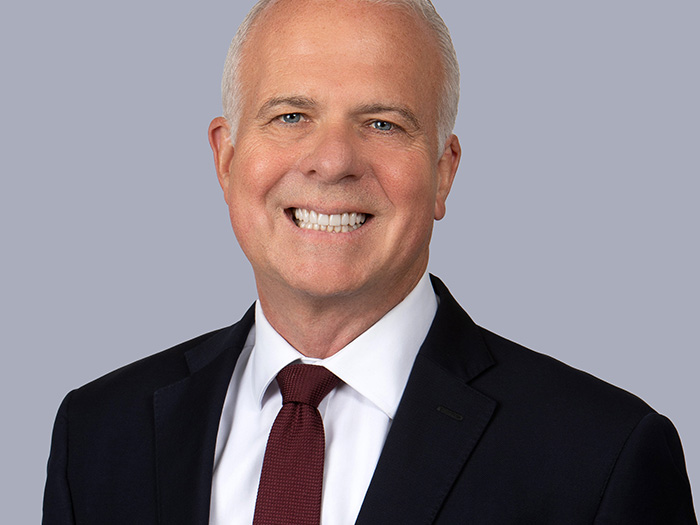Column: Workers' Comp
Next-Level Solutions for 2017
As surely as Americans will resolve to exercise more and eat less following the holiday excess, workers’ compensation writers will be busy this month predicting 2017’s top stories.
I’ll limit my predictions to two. Neither will become a sexy news story, nor will readers proclaim me a workers’ comp clairvoyant. But even the world’s most cautious risk manager would sleep soundly wagering a year’s salary on their certain occurrence.
I predict that one, workers will continue getting hurt. Two, good workers’ comp and safety managers will continue looking for measures to reduce those injuries.
Given my predictions are certain to occur, I’ll provide some ideas to help mitigate the inevitable.
One is a strategy I first heard from my friend Bill Wainscott, manager of workers’ comp and occupational health at International Paper.
It calls for establishing a separate worker safety program exclusively focusing on the causes of a company’s most severe accidents, while maintaining the employer’s established safety program for reducing overall frequency.
During 2016, I heard more employers touting results from increased worker-involvement measures, like allowing any employee to halt any job when they observe safety issues.
Over the years, employers have continually cut frequency. Many are experiencing record low injury rates because of their safety measures, coupled with factors like increased workplace automation.
But severity continues to hound them.
So while establishing a second injury-prevention program is not a widespread trend, some large, name-brand employers decided they needed to do more to stop severe injuries and deaths. They have reportedly experienced successful results.
It’s a topic Wainscott addressed at this year’s National Workers’ Compensation and Disability Conference® & Expo.
He believes success means employers first establish a safety culture that truly impacts overall frequency. You can’t skip that requirement. It provides the foundation for launching an exclusive severity program.
Employers can then identify what’s driving their serious worker injuries and fatalities to develop very detailed safety programs targeting those causes.
Another idea requires increasingly involving workers in safety leadership. This can work with the above idea or stand-alone. But during 2016, I heard more employers touting results from increased worker-involvement measures, like allowing any employee to halt any job when they observe safety issues. You might find that such measures make your safety efforts more about people and less about procedures. This can occur because people typically respond better when they engage in creating or fostering safety procedures.
They are more likely to take pride in the success of practices they help develop and enforce and to understand that safety is about caring for themselves and their co-workers.
Continue finding measures like these that help employees return home safe every day, and I predict less of your company’s revenue will flow to claim-service providers, no matter what workers’ comp news topics emerge during 2017. &










